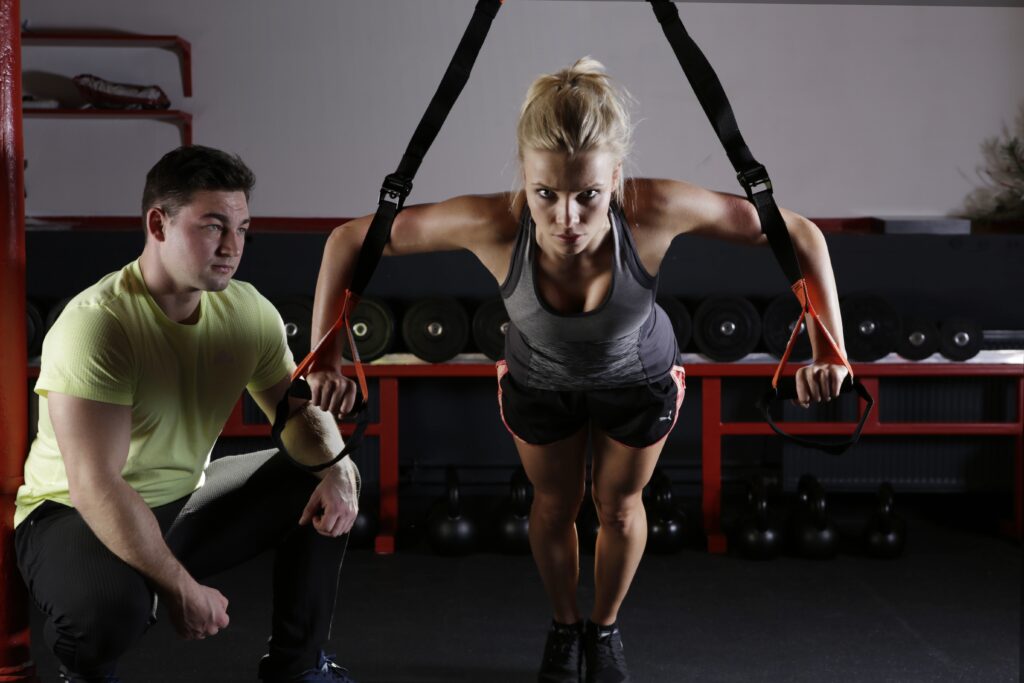I’ve presented on or moderated an estimated 250 webinars in the last 12 years and during that time I’ve seen just about everything happen. The old Murphy’s Law of “if anything can go wrong, it will go wrong” definitely applies to webinars.
Here are just a few things I’ve experienced or been part of:
- I personally delivered two webinar presentations WITHOUT Internet connectivity.
- Attendees who joined my webinar via the provider’s telephone conference bridge were not put on mute but joined my presentation line. After 5 minutes of background chatter and noise I had to end the webinar.
- Presenters have been kicked off the phone and webcam connections.
- A speaker had an emergency a few hours before the webinar (I actually jumped in, revised the slides and presented his section).
- A presenter was using AirPods and the audio was creating feedback into the microphone creating an annoying echo.
- Typos or animations that don’t build are discovered right before going live.
- Presenters during the webinar are unsure who is speaking to certain slides or even who is supposed to move the slides forward.
- A presenter is unclear on how to use certain functionality of the webinar platform and announces it to the audience or fumbles a bit.
I could go on, but you get the idea. Now not all of the above could have been prevented by having webinar training, walk-through and rehearsal sessions – but in my experience 90% of the issues that happen on webinars can be prevented or at least minimized with solid preparation.

Training, Content Walk-Throughs, Rehearsals and “Green Room” Final Prep
When I manage webinars, I generally like to incorporate up to four types of presentation rehearsals and readiness to minimize potential issues and increase the chances of an awesome webinar. Depending on the number of presenters, their experience presenting on webinars, and their availability and receptivity, you may not need all four types and often you can combine a couple of sessions into a single one. Following are the four types of webinar preparedness sessions and key things to cover:
1. Platform Training/Audio Testing: With the explosion in popularity of using video conferencing solutions like Zoom, WebEx, Microsoft Teams and other solutions during COVID-19, people have become more familiar and comfortable with using online conference and presentation platforms.

However, it can be one thing to use these platforms for in essence what is a video conference call with co-workers and your webcam turned on, versus presenting with slides in a full-on webinar where you don’t see the perhaps hundreds of attendees.
Some platforms such as ON24, which is designed as a true webinar slide presentation platform, works very differently than conferencing platforms such as Zoom, WebEx, and Microsoft Teams that many people have used. So it can be really important to do a training session for speakers and walk them through step-by-step all of the different features of the platform, how they work, and have them test them out themselves.
Testing audio connections has always been important for webinar preparedness, but it is now critical with the current work at home environment with people calling in from erratic cellular mobile phone service or connecting in from slow are less than reliable Wi-Fi connections.
Schedule a session for platform training and to test audio connections well in advance of your live webinar. This gives presenters time to potentially make different arrangements to their setup or order a headset from Amazon to arrive in time.
One of the processes I like to use when there are two or three presenters is to have them do sound checks and have everyone on the rehearsal vote thumbs up or thumbs down on the audio quality of each presenter. This makes it feel less personal but also conveys to a speaker with poor audio quality that their fellow presenters believe it is a must for them to find an alternative audio set up.
If you wait until say 10 minutes before webinar start time to test audio and webcam connections it might be either too late to resolve issues or certainly add undue stress in the final few re-webinar minutes.
2. Content Walk-Throughs: It is common for webinars to have at least two presenters and they are often from different organizations with different slide templates, branding requirements, webinar and presentation styles. While slide development is often on a parallel track from the webinar process itself, I recommend that your webinar coordinator participate in the content planning calls when possible. The webinar manager/coordinator may not be an expert on the topic itself, but they can provide valuable input and observations on things such as
- Flow of the content: Does the webinar story flow well and have a beginning, middle and end? Does each section connect to the next or does it feel like a couple of different presentations mashed together?
- Handoffs between presenters: Sometimes more than one presenter can speak to a slide or group of slides and so it is important to gain agreement on who is clicking the slides, who “owns and leads the slide” and who will then add commentary
- Design of the slides and copy: Presenters often have way too much copy, rely on bullet points, charts that are hard to read, wrong fonts, click art from the 90s or images simply grabbed from the Internet, etc)
- The number of slides: This is often a tough one to gauge, but most presentations can always benefit from cutting back on some slides.
- Poll questions: Where to include poll questions in the presentation how many, they type, and how to fit them into the flow of the slides.
- Tone of the presentation: Is it too much of a sales pitch? Does it have too much detail? Too tactical for the target audience? Does it lack a strong closing, next steps or some type of call to action?
3. Rehearsals: I generally don’t recommend the need for a full-on rehearsal as if you were doing the webinar live. Most presenters have probably only just finished their slides and haven’t yet built out their talk tracks when you schedule the rehearsal so it isn’t the best use of everyone’s time.
Instead, what I recommend is a more formal walk-through of the presentation, similar to the content walk-through outlined above. In this case, however, the slides should be 95% final. Ideally these sessions are scheduled at least 2-3 days prior to the webinar to ensure everyone has enough time to make changes and have the marketing team review and tweak if that is part of your organization’s process.
Rather than presenting as if it was the live webinar, each presenter walks through their slides and talks about the slides at a high level so every has a sense of what the talk track will be.
What often happens when presenters talk out loud with the other speakers is that overlapping points are uncovered, the flow is not quite right, or that certain slides can simply be cut.
These walk-throughs can also help provide a gauge of how long the actual live webinar might last. If all the speakers get through in a combined 15-20 minutes it might mean the live webinar will last 40-45 minutes. But if the walk-through takes more than 30 minutes, it could mean you have a talkative group of speakers and too many slides the webinar might run 50-55 minutes.
Lastly, these final walk-throughs provide clarity on everyone’s role and the flow, but also it allows for agreement on those final changes to the presentation to take it from 95% to 100% final.

4. Green Room Final Prep: If the platform you use allows for it, I recommend having all of the presenters join 30 (but at least 15) minutes in advance of the go live start time. Getting all the presenters to join the webinar well in advance of the start time serves four key purposes:
- Allows ample time for speakers to fix computer, audio or slide issues
- Answer last-minute questions
- Enables final preparation and coordination between speakers
- Reduces stress and anxiety among presenters
Of the hundreds of webinars I have either presented on or moderated, during probably about 50% of them this advance time period was needed to resolve audio or computer issues, fix a typo or slide in wrong order, or for the presenters to get clarity on transitions, the Q&A session process, who speaks first and more. I find that as a webinar manager and moderator, even though I’ve covered all of these elements previously, presenters can still be unclear right up before go-live time.
But even if there are no issues and everybody is primed and ready to go, I find that small talk about the weather, something in the news, or funny stories helps put speakers more at ease and makes them less nervous.
Reducing nervousness, especially for inexperienced speakers, is one of the most important benefits of this early advanced time. When people connect to the webinar platform only a few minutes before start time there’s no down time to just relax and chat with your co-presenters and get in the zone before getting ready to crush your presentation.
Use this pre-webinar time to make sure:
- The slides are in the right order
- There are no typos
- All presenters are online, ready and have good audio connections
- Everyone – including the moderator – knows exactly their role and what slides they are speaking to
- Poll and seed questions are are correct
- The webinar manager addresses any last minute confusion or questions about webinar solution functionality
- All speakers have water
- Speakers take a bio break if needed
Webinars, like many marketing activities, are about strategy, process, execution and content. Taking the time and steps to ensure your presenters are prepared, comfortable and rehearsed helps ensure a great webinar with few to no issues. Don’t leave this step out in your webinar planning and processes.
